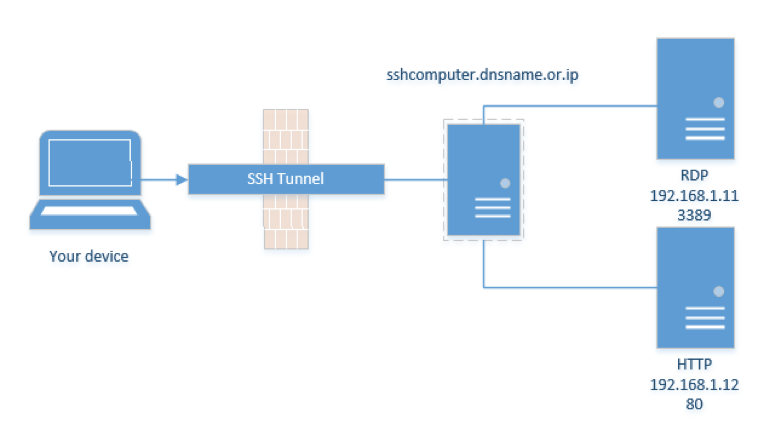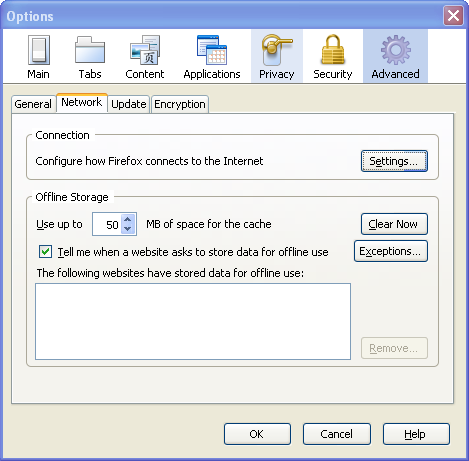

- #PUTTY SSH PROXY INSTALL#
- #PUTTY SSH PROXY SOFTWARE#
- #PUTTY SSH PROXY CODE#
- #PUTTY SSH PROXY DOWNLOAD#
- #PUTTY SSH PROXY WINDOWS#
#PUTTY SSH PROXY INSTALL#
sudo apt install corkscrewĬhange this file like this.
#PUTTY SSH PROXY SOFTWARE#
So, I know the nc has different versions like openbsd-netcat and GNU-netcat, you can change the nc in debian to the openbsd version, but I choose to change the software like corkscrew, because the names of the two versions of nc in system are same, and many people don’t understand it well. Please make sure you have the correct access rights git clone into 'nothing'.įatal: Could not read from remote repository. My system is debian 10, and minimal installation. This is how I solved it, hoping to help others later. To use the proxy in git commands using ssh (for example while using GitHub) - assuming you installed Git Bash in C:\Program Files\Git\ - open ~/.ssh/config and add this entry: host Note that connect.c supports socks version 4/4a/5. SSH using connect.c as Prox圜ommand in Git Bash: ssh -o "Prox圜ommand=connect -a none -S 127.0.0.1:9150 %h %p"

SSH using Ncat as Prox圜ommand in Git Bash with addition -proxy-type socks4 parameter: ssh -o "Prox圜ommand=./ncat -proxy-type socks4 -proxy 127.0.0.1:9150 %h %p" that this implementation of Ncat does not support socks5. Port tunnelling: the SSH client (PuTTY) runs a local server, listening on some port on the client (by default, it will accept only connections from localhost, not from remote systems, so thats 'safe').
I got Ncat from Nmap distribution and extracted ncat.exe into the current directory. PuTTY implements the SSH protocol.The SSH protocols allows for two main ways to do some 'proxying': port tunnelling, and SOCKS. I downloaded Tor Browser, run and wait to connect. I found two solutions but the second is better. I wanted to ssh to a REMOTESERVER and the SSH port had been closed in my network. Ssh_exchange_identification: Connection closed by remote host #PUTTY SSH PROXY CODE#
I was getting this error: NCAT DEBUG: Proxy returned status code 501.
#PUTTY SSH PROXY DOWNLOAD#
As of this writing there is no installation process - just download it, drop it in a folder, and it's ready to be used.For windows, parameters didn't completely work for me.
#PUTTY SSH PROXY WINDOWS#
On Windows I normally put this file in a directory I've named C:\bin, but you can put it in any directory you like. Just browse to the official Putty website, and download the putty.exe executable file. Once you have all those things in place we're ready to get started.
The Putty software, which you can download for free. (Actually, if using port 22 is a problem for you, I think it's possible to configure SSH on any port, like port 80 (normally used for HTTP) or port 443 (normally used for HTTPS), so the need to use port 22 may not be that hard and fast. By default SSH runs on port 22, so your organization will need to let you out on port 22. Your organization will need to let you connect to that site using SSH. This is typically a remote Unix or Linux server that supports SSH logins.  A remote server you can connect to using SSH. Here's a short list of things you'll need: Step 1: What you'll need before startingĪs mentioned, you're going to need a couple of things in order to create an SSH tunnel that you can use as a Firefox SOCKS proxy. That benefit of this technique is also great when you're on any public WiFi network. Yes, this technique helps me bypass Websense when I need to (with the approval of my surpervisors), but it also secures my web browsing by encrypting the traffic between web browser and the remote web sites that I'm connecting to. In this tutorial I'll demonstrate how I use Putty on Microsoft Windows computers to create an SSH tunnel that I can use as a SOCKS proxy with the Firefox web browser. Then it's even possible to use vscode via a jumphost without headach. So, getting this point out of the way - I don't recommend doing anything illegal to bypass or defeat Websense, and it's certainly not something you want to lose your job over - let's get down to work. Or better avoid to use the OpenSSH from windows at all and use always the ssh from git-bash, as this works much better and works also reliable with the ssh-agent (The ssh-agent from git-bash). Can you configure Websense to let me get to my site, or do you mind if I set up an SSH tunnel so I can get to my webmail?" As it turns out, that conversation led to this tutorial. Don't get me wrong - a tool like Websense is probably necessary for a lot of reasons, especially in larger organizations - but on the flip side, a lot of technical blogs that I use as resources end up being blocked by Websense, and that "Blocked by Websense" message drives me nuts.Īt my last job my own business webmail server was blocked by Websense, so I went to my employer and said "Listen, I really need to be able to read my other business email while I work here. It drives me crazy when I have to work at client sites and they have a web proxy like Websense set up that keeps me from doing my job.
A remote server you can connect to using SSH. Here's a short list of things you'll need: Step 1: What you'll need before startingĪs mentioned, you're going to need a couple of things in order to create an SSH tunnel that you can use as a Firefox SOCKS proxy. That benefit of this technique is also great when you're on any public WiFi network. Yes, this technique helps me bypass Websense when I need to (with the approval of my surpervisors), but it also secures my web browsing by encrypting the traffic between web browser and the remote web sites that I'm connecting to. In this tutorial I'll demonstrate how I use Putty on Microsoft Windows computers to create an SSH tunnel that I can use as a SOCKS proxy with the Firefox web browser. Then it's even possible to use vscode via a jumphost without headach. So, getting this point out of the way - I don't recommend doing anything illegal to bypass or defeat Websense, and it's certainly not something you want to lose your job over - let's get down to work. Or better avoid to use the OpenSSH from windows at all and use always the ssh from git-bash, as this works much better and works also reliable with the ssh-agent (The ssh-agent from git-bash). Can you configure Websense to let me get to my site, or do you mind if I set up an SSH tunnel so I can get to my webmail?" As it turns out, that conversation led to this tutorial. Don't get me wrong - a tool like Websense is probably necessary for a lot of reasons, especially in larger organizations - but on the flip side, a lot of technical blogs that I use as resources end up being blocked by Websense, and that "Blocked by Websense" message drives me nuts.Īt my last job my own business webmail server was blocked by Websense, so I went to my employer and said "Listen, I really need to be able to read my other business email while I work here. It drives me crazy when I have to work at client sites and they have a web proxy like Websense set up that keeps me from doing my job.







 0 kommentar(er)
0 kommentar(er)
